The Ultimate Guide to All Shogi Opening Theories
The “opening theory” in shogi can be broadly divided into two types: “Static Rook” (Ibisha), where the rook stays in its starting position during the opening, and “Ranging Rook” (Furibisha), where the rook is moved to the left side early in the game.
Another key concept is the “King’s castle” (defensive structure). Once you’ve decided on the rook’s position, imagine dividing the shogi board in half vertically. Move your king to the side without the rook. The half with the rook is for attacking (offense), while the other half is for building the castle (defense).
The “opening theory” in shogi refers to established positions that have been studied and developed by expert players or through computer analysis. Each strategy has its own unique style and tactics, but for beginners, it’s essential to first grasp the basic principles that are shared across many different strategies.

Static Rook (居飛車 Ibisha)
Since the rook’s position remains unchanged, this strategy is suitable for beginners. Let’s start by practicing the Static Rook (Ibisha) to become familiar with shogi.
One of the essential strategies that everyone should know is the Climbing Silver Systems.




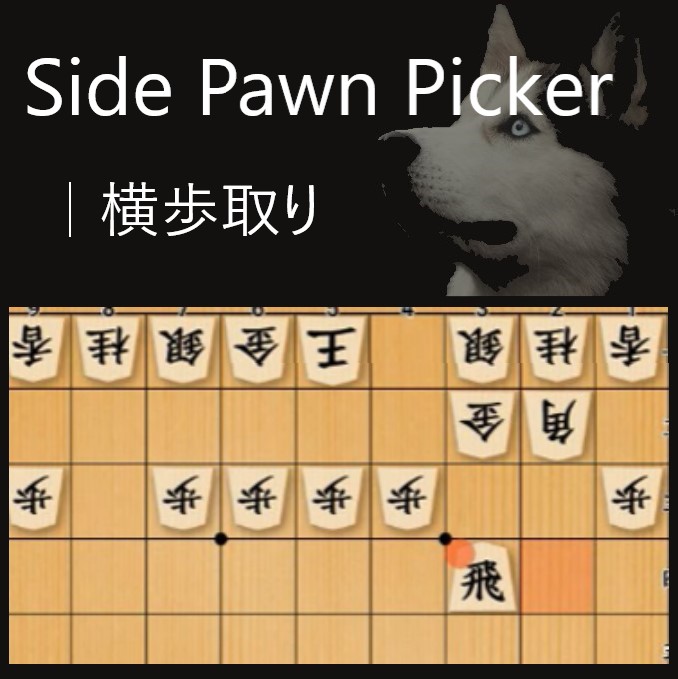




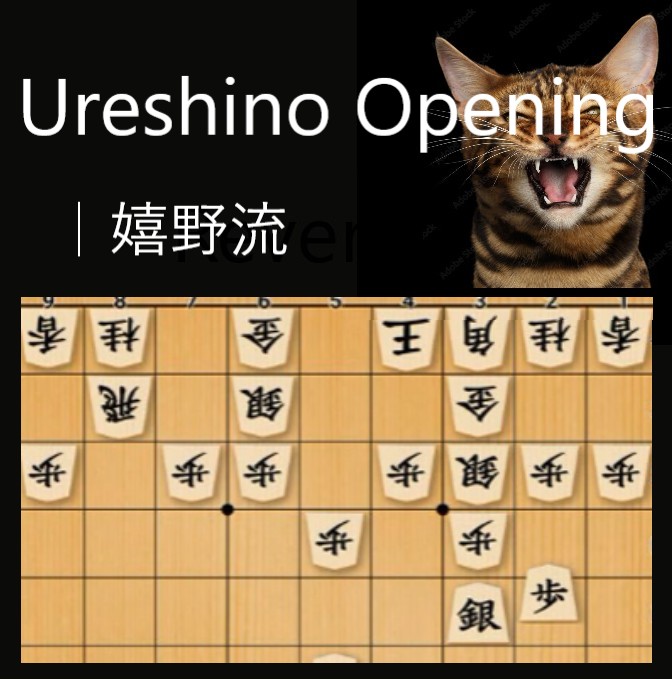

Climbing Silver Systems


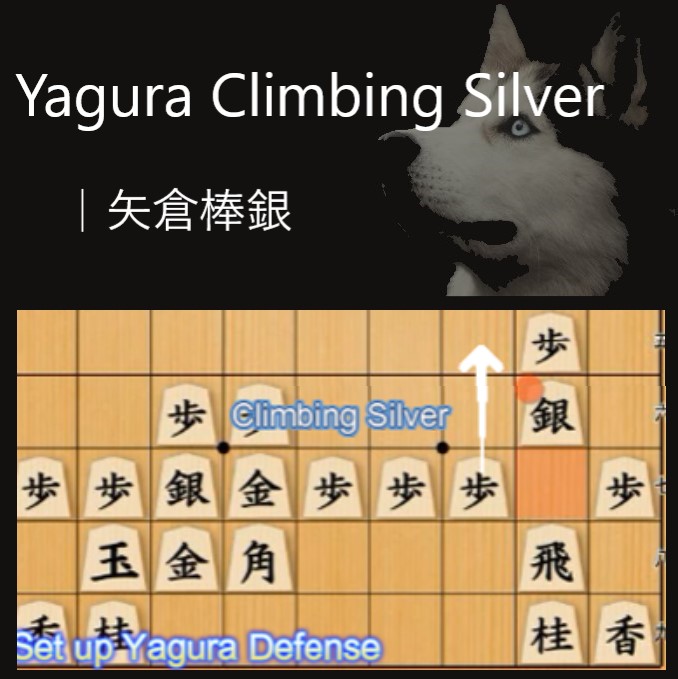

Static Rook’s Strategy Against Ranging Rook

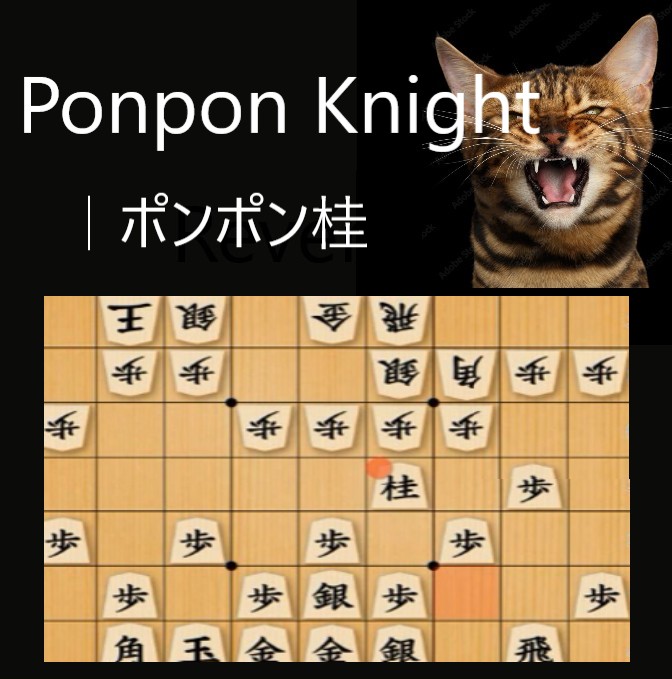



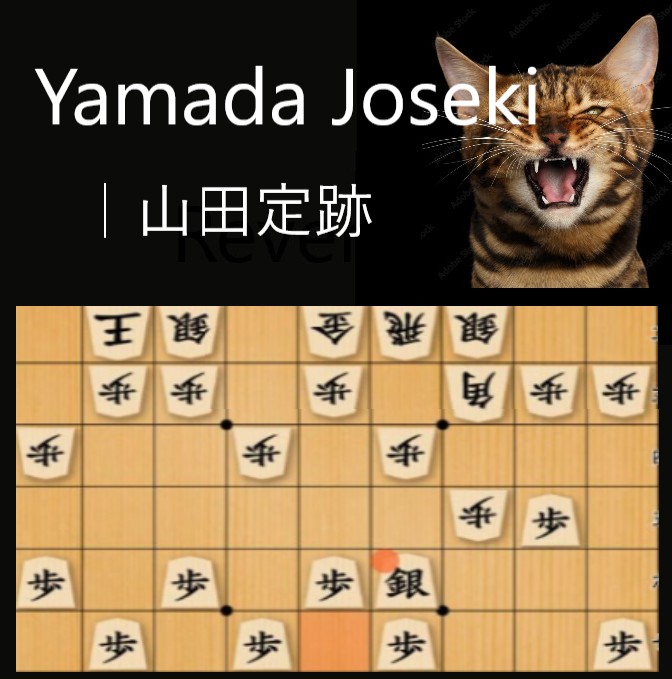

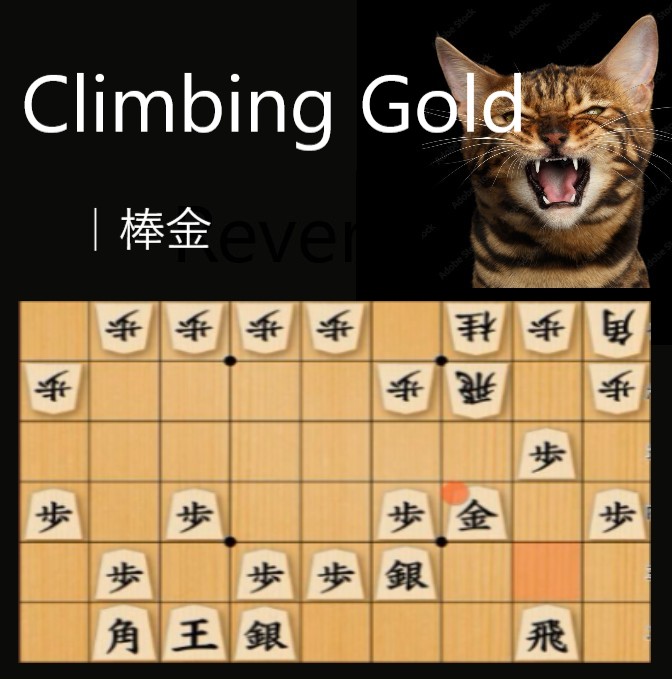
Ranging Rook (振り飛車 Furibisha)
The rook’s position is moved to the left side. The name of the strategy changes based on the rook’s location, with common variations including those on the 2nd, 3rd, 4th, and 5th files.












Other Opening Surprises


























